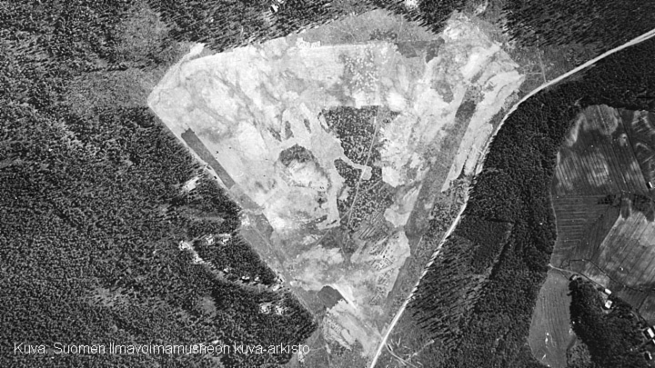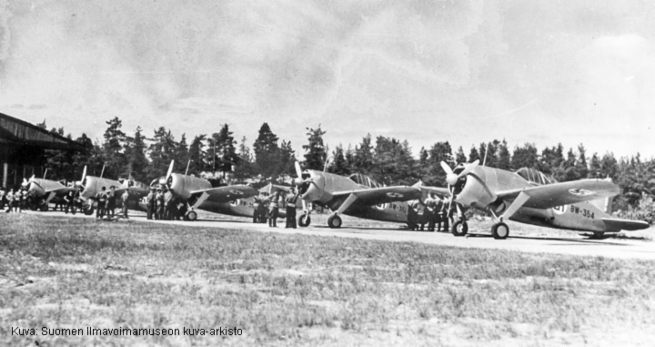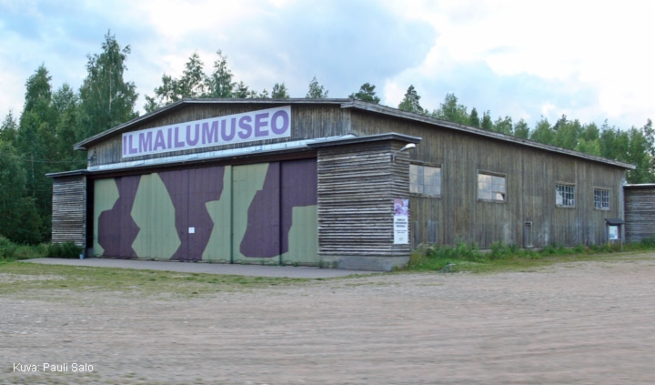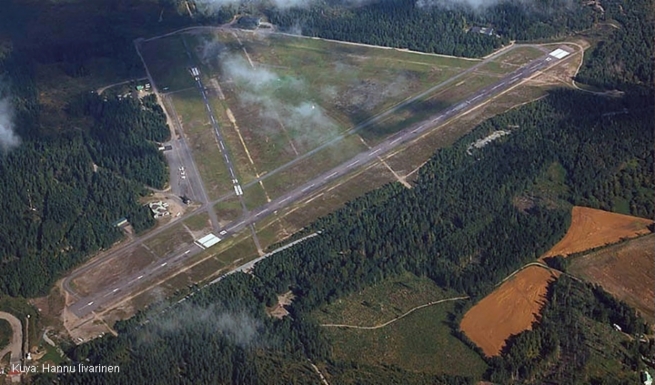History briefly
Vesivehmaa airfield


Päijänne-Tavastia Aviation Museum
There are 13 airplanes and almost 300 other larger objects on display in the Päijänne Tavastia Aviation Museum. The museum hangar is almost in the original condition as it was taken into use by the No. 24 Squadron (later No.24 Fighter Squadron) in August 1940. Three other hangars originating from the same time are still in aviation use but they have been completely or at least partly renovated. Hangar nr 1 is technically in the poorest condition and in the need of thorough renovation to preserve it for the following 80 years.

More about the Vesivehmaa airfield can be read in the publication Vesivehmaan lentokentän historia – Osa 1, Sotavuodet 1939–1945Vesivehmaan lentokentän historia – Osa 1, Sotavuodet 1939–1945 (in Finnish), published by the Aviation Museum Society in 2019 when Vesivehmaa celebrated its 80 years of operation. Vesivehmaa is also described in the book Kauhavan apu- ja leirikentät 1930- ja 1940-luvuilla (in Finnish), published by Ketterät Kirjat Oy.
If you are well familiar with the civil aviation history at Vesivehmaa, or interested in doing research work on the topic, or if you have material you would like to give to the future documents describing the aviation activities there – please contact Lahti Ilmasilta, the Aviation Museum Society or the publication company Ketterät Kirjat Oy.


